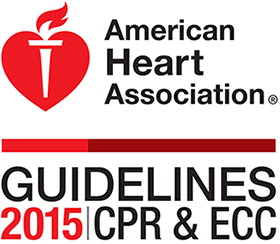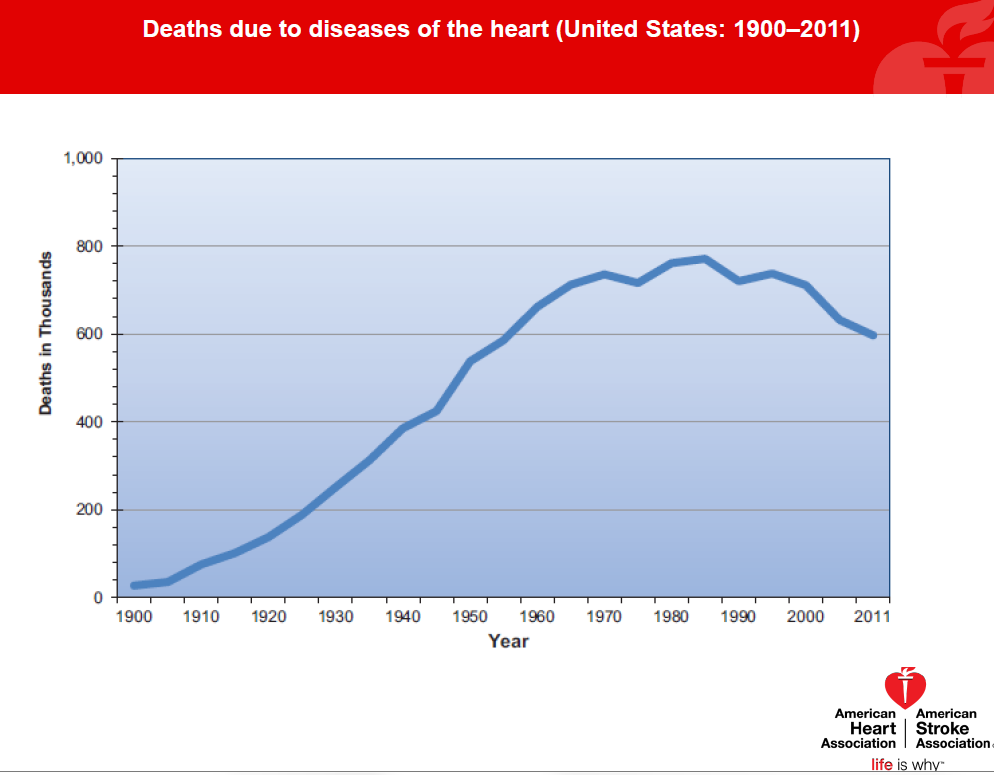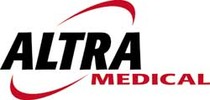 Loading... Please wait...
Loading... Please wait...- 727-541-5900
- My Account
Currency Displayed in
- Home
- Resource Center
- AHA Guidelines 2015
AHA Guidelines 2015
AHA Guidelines 2015
Highlights of the 2015 American Heart Association
Guidelines Update for CPR and ECC

Download a complete version of the Updates here.
Download Lay Responder Excerpt
Summary of Major Lay Rescuer CPR changes:
-
The adult algorithm was modified to recommend people to call 911 on their mobile phone and turn on the speaker while being at the victim’s side so that the 911 dispatch can help coach the responders how to do CPR or use the AED. (As opposed to saying you go call 911 and leave the victim).
-
Communities with people at risk for cardiac arrest are encouraged to implement public access defibrillation programs. [Survival rates in areas such as Seattle and King County have seen improvements in survival from 26% to over 62% in the past ten years.]
-
Single adult rescuers are to initiate chest compressions before giving breaths to reduce the delay to the first compression. A single rescuer should begin CPR with 30 chest compressions followed by 2 breaths. [They have not done away with breaths, compressions only is acceptable if the rescuer doesn’t have protection or doesn’t want to provide breaths, but they are still recommended for trained rescuers].
-
There is continued emphasis on high quality CPR – meaning – compressing the chest at an adequate rate and depth, allowing complete chest recoil after each compression, minimizing interruptions in compressions and avoiding excessive ventilation.
-
The recommended chest compression rate has been increased to 100 to 120/minute (updated from at least 100/minute).
-
The compression depth for adults should be at least 2 inches to 2.4 inches. [Generally people do not compress deep enough or fast enough.]
-
By-stander administered Naloxone (Narcan) should be considered for suspected life threatening opiod – associated overdoses, where people are barely breathing.
-
For a witnessed adult cardiac arrest, and an AED is available, the defibrillator should be used as soon as possible.
-
It is very important for children to receive both compressions and breaths (30:2) as there was a large study that showed 5 times better survival doing both. Most children go into cardiac arrest due to a breathing problem and so breaths are very important to resuscitate.
Summary of Major Healthcare Provider/BLS CPR changes include:
- Immediate activation of the Emergency Response System that matches the clinical setting.
-
Trained responders are encouraged to simultaneously perform some steps (checking for breathing & pulse at the same time) in an effort to reduce the time to first chest compression.
-
Integrated teams of highly trained rescuers may use a choreographed approach that accomplishes multiple steps and assessments simultaneously rather than the sequential manner used by individual rescuers.
-
Increased emphasis on high quality CPR using performance targets (compressing the chest at an adequate rate and depth, allowing complete chest recoil after each compression, minimizing interruptions in compressions and avoiding excessive ventilation)
-
The recommended chest compression rate has been increased to 100 to 120/minute (updated from at least 100/minute).
-
The compression depth for adults should be at least 2 inches to 2.4 inches. [Generally people do not compress deep enough or fast enough.]
-
To allow full chest wall recoil after each compression, rescuers must avoid leaning on the chest between compressions.
-
Criteria for minimizing interruptions is clarified with a goal of chest compression fraction as high as possible with a target of at least 60%.
-
Where EMS systems have adopted bundles of care involving continuous chest compressions, the use of passive ventilation techniques may be considered as part of that bundle for victims of Out of Hospital Cardiac Arrest.
-
For patients with ongoing CPR and an advanced airway in place, a simplified ventilation rate of 1 breath every 6 seconds (10 breaths/min) is recommended.

American Heart Association
Two Steps to Staying Alive: Call 911 and push hard and fast in the center of the chest. Check out this fun (and informative!) video to learn how: American Heart Assocation video
People often confuse a heart attack with sudden cardiac arrest. Here's an easy way to learn to tell the difference between the two:
Want to know the facts about Heart Disease and Stroke? Get that latest statistics here!
 !
!
